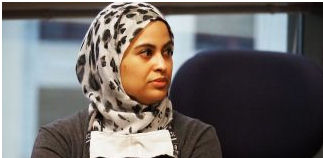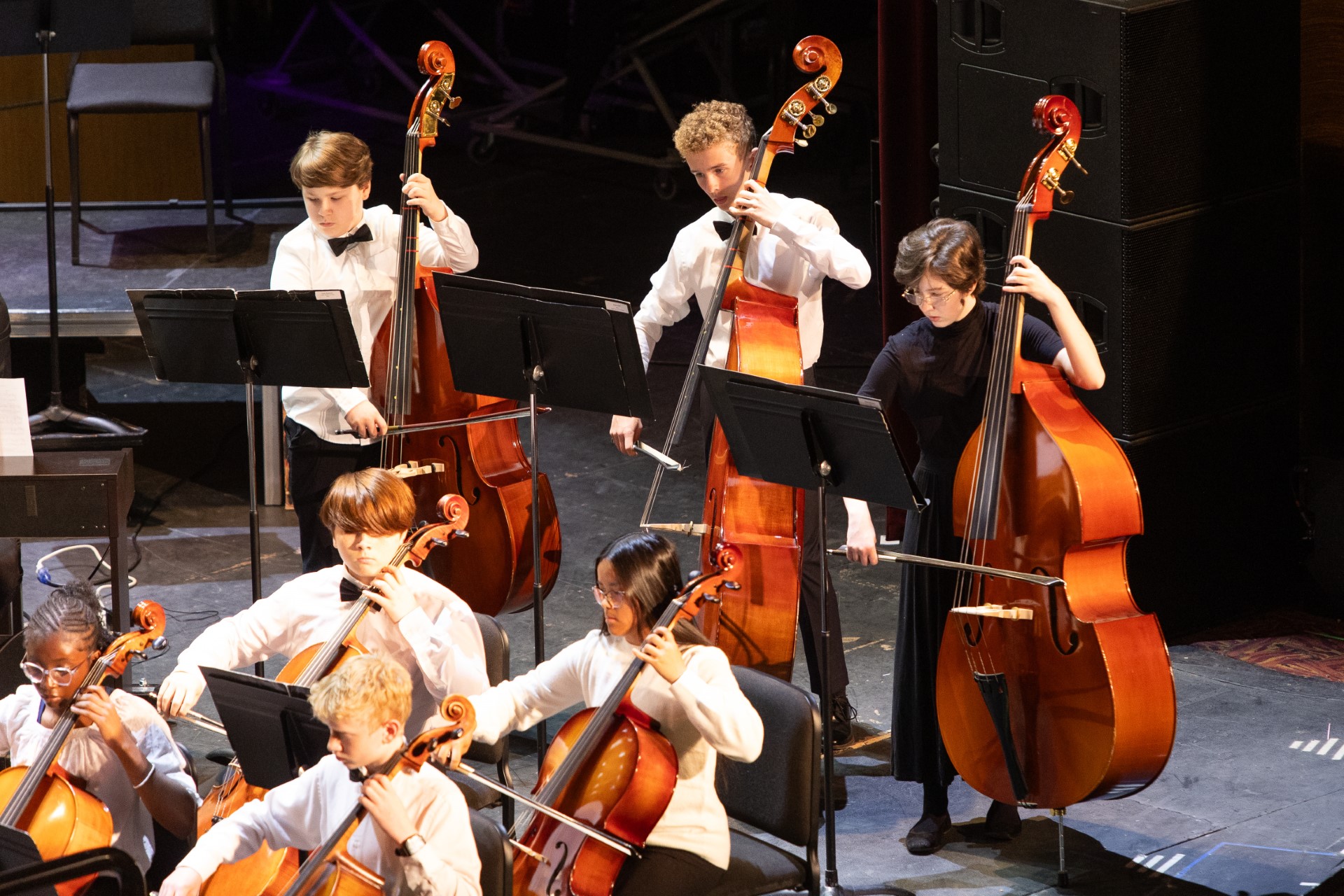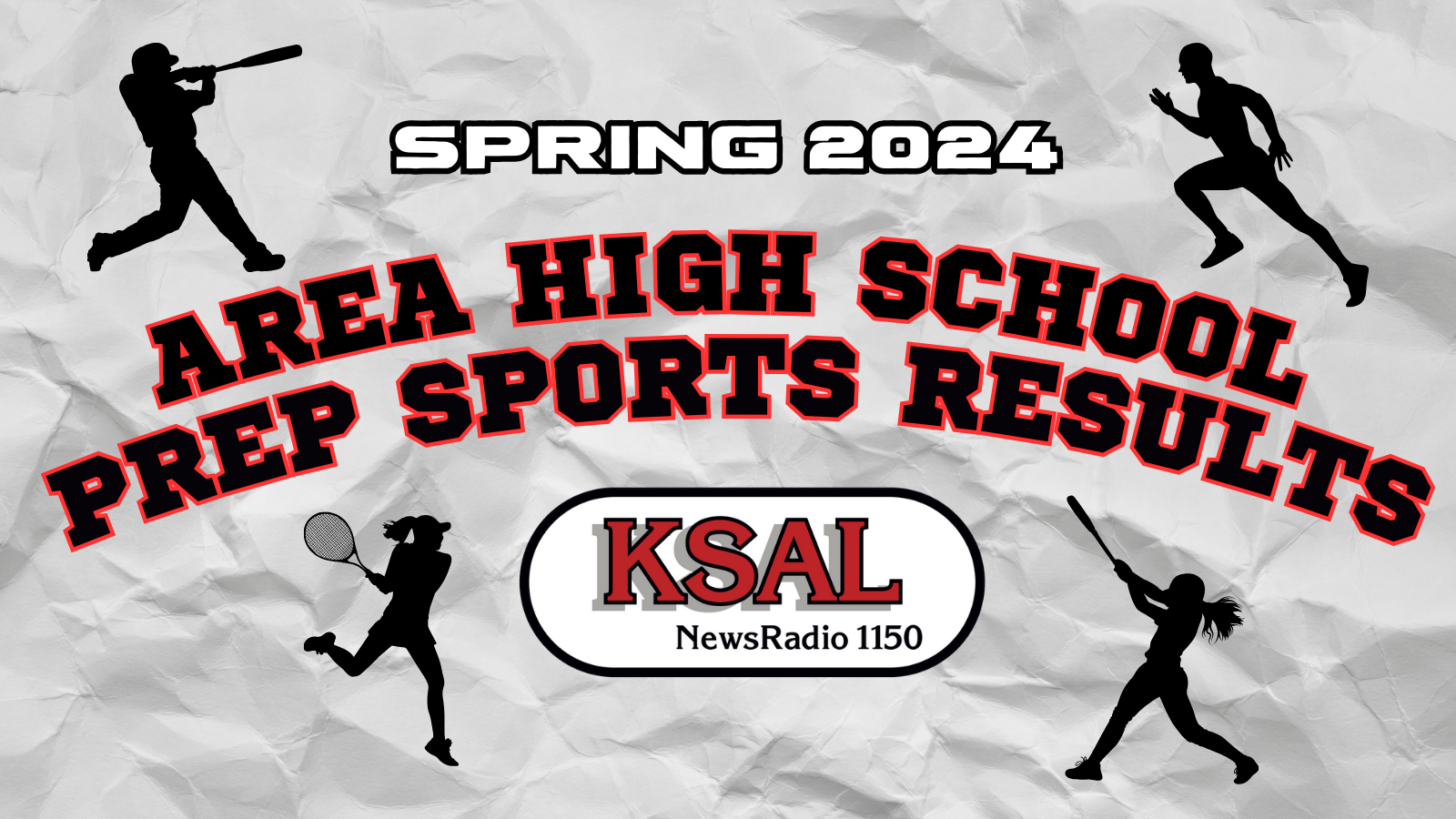The Centers for Disease Control and Prevention have published new research with input from Kansas health officials that reaffirms mask mandates helped slow the spread of COVID-19 in the state’s largest counties.
The study separately examines trends in 25 counties that did not oppose Gov. Laura Kelly’s July 3 recommendation to wear masks in public places and the 80 rural counties that refused. The findings are consistent with other studies, concluding that mask mandates played a role in mitigating the rate of new infections in July and August.
Countywide mask mandates prevented an estimated 8,600 infections, based on rates of infections observed in the report, and could have prevented 2,300 cases in areas without a mandate.
The CDC published the peer-reviewed research Friday in its Morbidity and Mortality Weekly Report, which is distributed to public health officials and medical providers nationwide.
The report coincides with a dramatic surge in the number of new COVID-19 cases reported in Kansas in recent weeks, including in rural areas, and debate over Gov. Laura Kelly’s new statewide mask mandate, which takes effect the day before Thanksgiving.
As of Friday, KDHE has documented 1,410 deaths and 134,533 infections since the start of the pandemic, numbers that have multiplied in recent months.
“You saw this start off as a disease that impacted the urban counties first, and so if you lived in an urban county, there is a pretty good chance that you saw this happening in your community. You knew someone who had gotten sick or had to be hospitalized,” said Farah Ahmed, the state epidemiologist for Kansas and one of nine federal and state health experts to contribute to the report.
“It was much slower to get into our rural counties,” Ahmed said. “So part of that is just being removed from it and not seeing anyone that had been affected by it. And then as time kind of marched on, late summer, then our rural counties started being impacted. And so I think they’re having to wrestle with the realization that our urban counties had to come to grips with a little earlier.”
Kansas National Guard Capt. John Rule, who is assigned to KDHE for the pandemic, also contributed to the report, along with three experts from the Kansas Health Institute, three scientists from the CDC and one from the U.S. Department of Health and Human Services.
For Ahmed, the research is the latest endeavor in a grueling and often thankless campaign by health experts to shape public policy surrounding COVID-19.
“At the beginning of the pandemic,” she said, “it’s like you’re working 18 to 20 hours and you’re tired and you’re grumpy. So my husband’s trying to cheer me up, and he’s like, ‘Come on, this is like your Super Bowl.’ I was just like, the ‘Super Bowl is over in three hours. This is not ending.’ And so we’re now, what, 10 months in?”
KDHE has tried before to convince the public of the value of mask mandates. In a news briefing in early August, KDHE secretary Lee Norman presented data in a graphic that used a dual axis to reflect trends in both groups of counties. The data was accurate, but the presentation sparked widespread criticism because it could be easily misread.
Rule said the criticism motivated him to review the data for a more rigorous report, which led to the collaboration with the CDC.
He stressed that mask mandates “are not the end-all, be-all” but rather a critical component of an overall strategy that should include social distancing and proper hygiene. Still, the data showed introduction of mask mandates helped drive down the rate of new infections in counties where the rate had been increasing. In counties without a mandate, the rate remained flat.
Rule said researchers limited the scope of their study to infections recorded between June 1 and Aug. 23 because the return of students to college campuses and public schools “overwhelms” any other factor. The virus is transferred from one human to another, he said, and researchers couldn’t account for the movement of people after the reopening of schools.

“I know that people keep looking at trying to extend this analysis and look into September and October,” Rule said. “The problem is because so many more people are interacting, that’s a much more significant thing than the mask. Quarantining, isolating, handwashing — that’s really a part.”
Rule said he hopes the new research from Kansas will get the attention of health officials elsewhere in the country. Other researchers have conducted controlled studies that look at the physics of masks and how air droplets blow through different kinds of masks. Over and over again, science reaffirms that masks help mitigate the spread of COVID-19.
Ahmed said she isn’t giving up on changing the minds of people who object to wearing masks or question the severity of the pandemic.
“We’ve all got a stake in it, right? And so it’s trying to convince people that it’s not an ideological thing,” she said. “These are basic public health things that we do for every disease, done for hundreds of years. Yes, it’s a new disease, but they’re strategies that work for infectious diseases. So convincing people that it’s not an ideological thing is just a part of personal responsibility — that you can each do these little pieces that will help layer on protection for everybody.”
Rule — known affectionately by KDHE colleagues as Dr. Doom, Dr. Death and the Angel of Death — grimly jokes that by the time we finally get a handle on COVID-19, we’ll be dealing with COVID-2020 or some other new infectious threat.
To underscore the impact of the current pandemic, he pointed to the activation of 670 Kansas guardsmen to help with testing, prisons, meatpacking plants and delivery of supplies.
“Just the other day, we needed a ventilator moved,” he said. “We put it on a National Guard Blackhawk and moved it out to some rural county. And that amount of effort — you talk about historic events? That’s not a routine thing. That’s very much because we’re in this emergency.”
_ _ _
Story by Sherman Smith – Kansas Reflector
Photo: Farah Ahmed, state epidemiologist with the Kansas Department for Health and Environment, says COVID-19 impacted urban areas first and now rural areas are now trying to come to grips with the reality of the pandemic. (Sherman Smith/Kansas Reflector)



